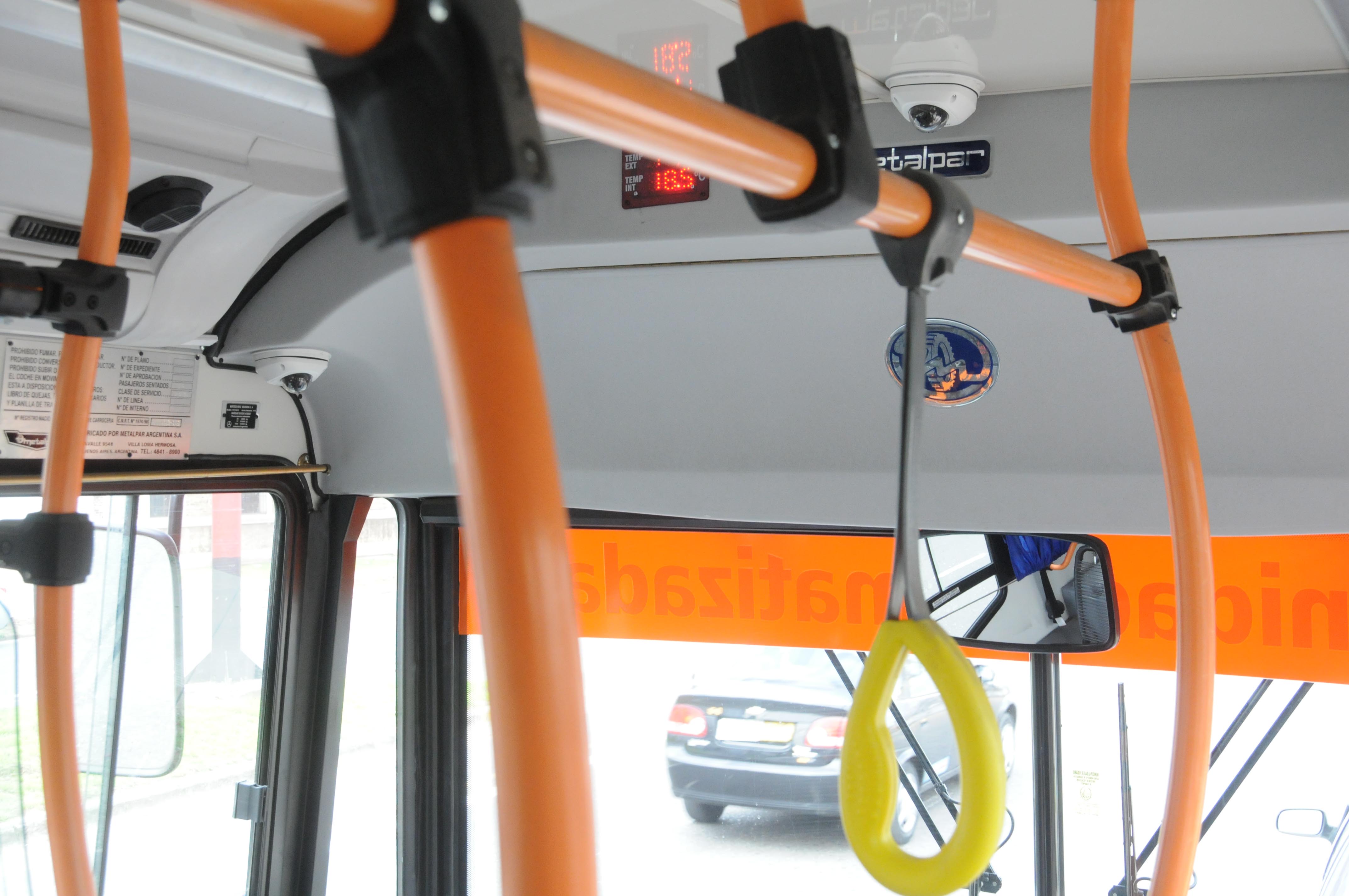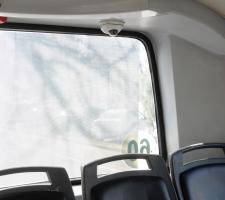
An Argentinian authority is using night-time cameras to fight criminal activity aboard buses.
Instances of crimes and violence (especially on city buses or at bus stations) have motivated the city of Rosario in Argentina to improve safety and security on the Urban Transportation System – or the TUP as it is known locally. As posting a police officer on each bus would be cost-prohibitive and uncomfortable for some passengers, security cameras are being fitted to each TUP bus.
This solution entailed installing surveillance cameras on 200 public buses. Public tender was opened at the end of 2015 with eight companies presenting proposals. Ultimately, Crayon Web was awarded the contract to implement ‘obvious but unobtrusive’ cameras and it selected
Initially 50 buses were each fitted with three security cameras: one above the driver’s seat to record passengers entering and exiting the bus; the second also close to the driver’s seat and facing rearwards; and the third mounted above the last row of seats facing forwards. Each camera is equipped to record audio as well as video and is connected to a network video recorder with storage capacity for 45 days of video and audio footage. A dedicated network was installed between the mobility monitoring centre and Hikvision’s servers in order to provide service and support to the installed systems.This took the total cost for the first phase to approximately US$1.5 million.
This first phase involved installing 150 cameras and 50 network video recorders throughout a test fleet of 50 buses. With only the weekends available to install the systems, a further 100 buses had been instrumented by the end of August 2016 and by the time you read this article, 200 will have been equipped. A second phase is planned and will see the bus companies themselves installing cameras on an additional 300 buses (900 cameras and 300 network video recorders).
The driver has a ‘Panic Button’ which utilises the GPS unit already fitted to the vehicle for location and timetabling purposes, to alert the control room of any emergency situation. This on-board system works in conjunction with Rosario’s fixed location surveillance cameras and utilises the available 3G networks for audio and visual streaming from the buses to the seven monitoring stations. The on-board system operates between 10pm and 6am and a record of the footage is subject to provincial law.
In normal operations the control rooms simply monitor the buses’ locations using the GPS. If an incident occurs and the driver presses the panic button, then the camera footage can be viewed remotely from one of seven terminals: two terminals in the 911 emergency dispatch centre; another two at the mobility monitoring centre; and one at each of the three public transit companies – Semtur, La Mixta and Rosario Bus.
Alarms can only be triggered manually and once that has happened, the security camera footage is immediately reviewed by an operator who will dispatch first responders if necessary. While connectivity in the city centre is good, it falters in other areas and while the on-board system continues recording even when the connection is lost, the panic button’s signal might not reach the monitoring terminals.
Already, 300 mobile IPC DS-2CD6510D cameras, 150 mobile IPC DS-2CD6520D-10 cameras, and 150 NVR DSM 7508 HNI/GW/WI network video recorders have been installed. According to Valeria Ríos, spokesperson for Crayon Web, one of the reasons for choosing Hikvision was its wide array of video surveillance hardware, its fast replies to any questions and its helpful guidance on selecting and installing cameras and network video recorders.
Local distributor, Security One, presented a proof of concept demonstration to Rosario’s municipal government, as well as configuring and installing the 3G and 4G networks on each of the buses. Crayon Web’s staff traveled to Hikvision’s base in China to install its software on the company’s custom-built surveillance system.
Has it worked? Well, it is still early days but there have been arrests after footage of people being robbed on the buses was viewed by the police, and on three occasions the government has requested footage. On a broader scale, the bus drivers have reported that some of the stranger, possibly less desirable, passengers have decided to avoid the buses altogether. So that’s a ‘yes’.












